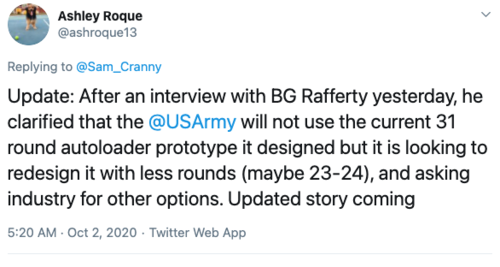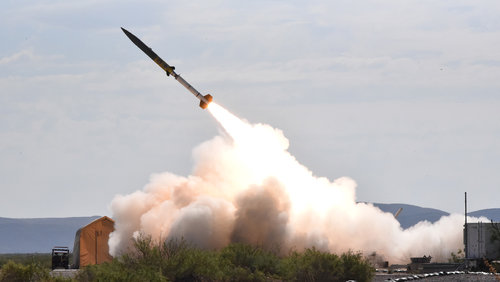You are using an out of date browser. It may not display this or other websites correctly.
You should upgrade or use an alternative browser.
You should upgrade or use an alternative browser.
US Army - Lockheed Martin Long Range Precision Fires (LRPF)
- Thread starter sferrin
- Start date
- Joined
- 16 April 2008
- Messages
- 8,396
- Reaction score
- 10,338
Are the projectiles powered or driven by just the canon energy alone?
No rocket. It's saboted and quite light compared to the normal rounds in any of these guns.
marauder2048
"I should really just relax"
- Joined
- 19 November 2013
- Messages
- 3,157
- Reaction score
- 776
The question of fuzing of the modern rounds came up. Thankfully, vFuze 2020 had an answer.
That imagery transfer to the projectile (nav and terminal?) is motivating data rates higher than
inductive fuzing can achieve is interesting.
That imagery transfer to the projectile (nav and terminal?) is motivating data rates higher than
inductive fuzing can achieve is interesting.
Attachments
-
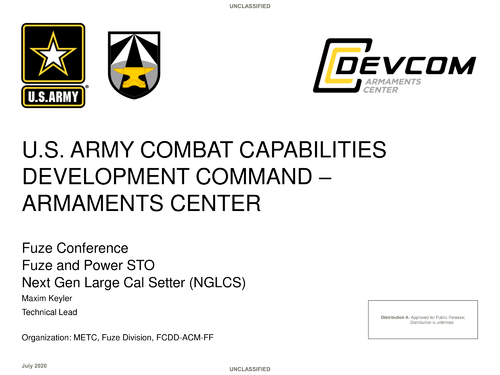 Keyler-01.png125.5 KB · Views: 54
Keyler-01.png125.5 KB · Views: 54 -
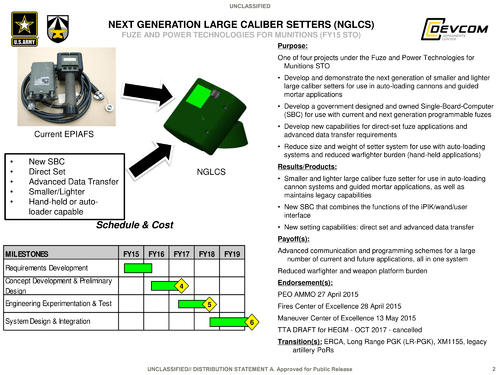 Keyler-02.png326.4 KB · Views: 66
Keyler-02.png326.4 KB · Views: 66 -
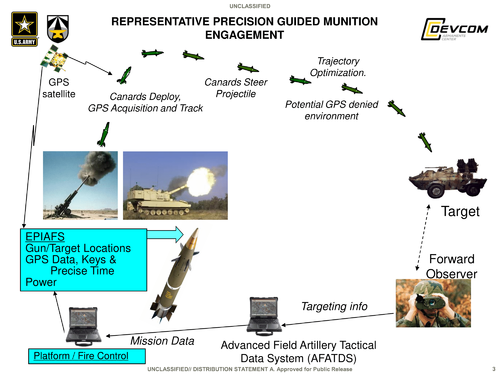 Keyler-03.png365.2 KB · Views: 64
Keyler-03.png365.2 KB · Views: 64 -
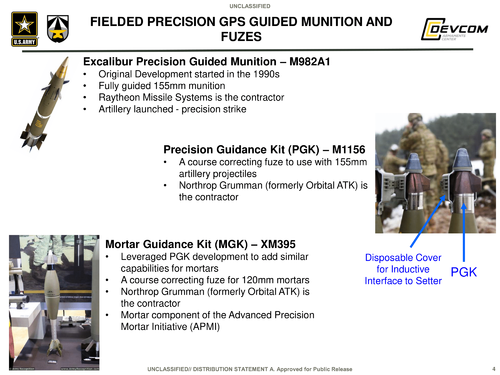 Keyler-04.png457.5 KB · Views: 65
Keyler-04.png457.5 KB · Views: 65 -
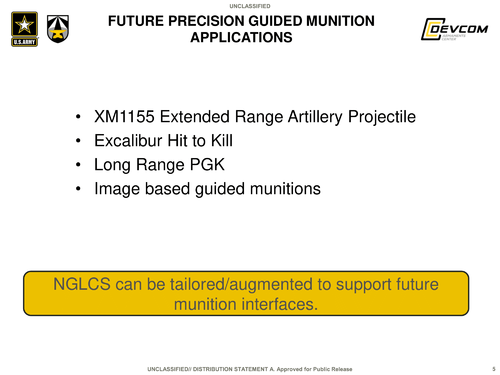 Keyler-05.png137.1 KB · Views: 53
Keyler-05.png137.1 KB · Views: 53 -
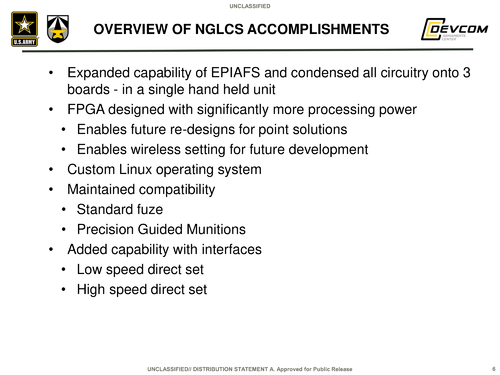 Keyler-06.png123.4 KB · Views: 54
Keyler-06.png123.4 KB · Views: 54 -
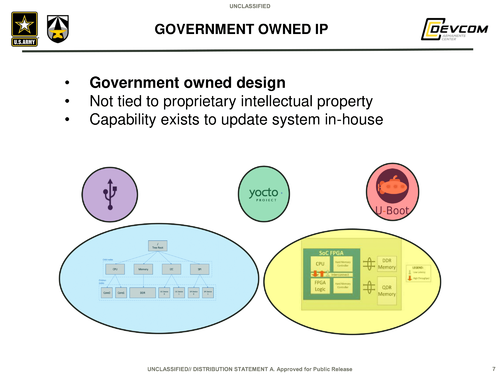 Keyler-07.png251.5 KB · Views: 54
Keyler-07.png251.5 KB · Views: 54 -
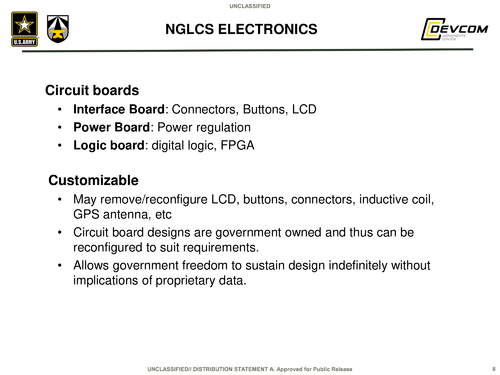 Keyler-08.png110.1 KB · Views: 54
Keyler-08.png110.1 KB · Views: 54 -
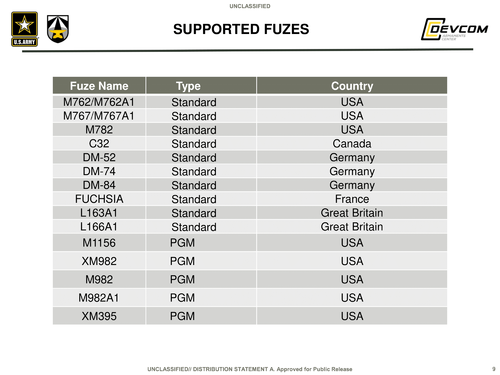 Keyler-09.png368 KB · Views: 51
Keyler-09.png368 KB · Views: 51 -
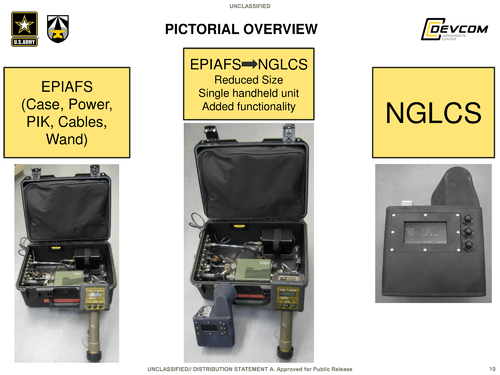 Keyler-10.png712 KB · Views: 52
Keyler-10.png712 KB · Views: 52 -
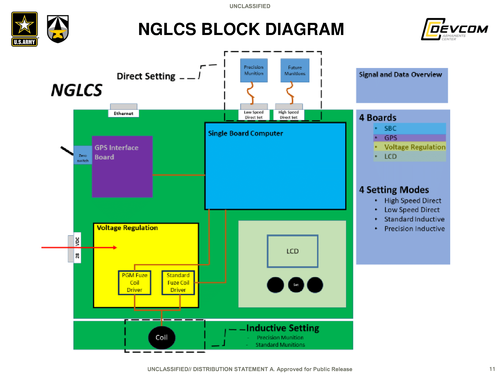 Keyler-11.png237 KB · Views: 49
Keyler-11.png237 KB · Views: 49 -
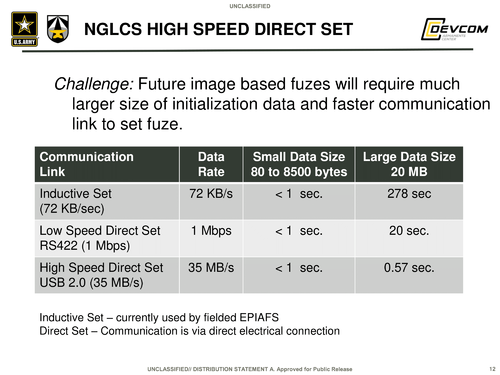 Keyler-12.png269.3 KB · Views: 50
Keyler-12.png269.3 KB · Views: 50 -
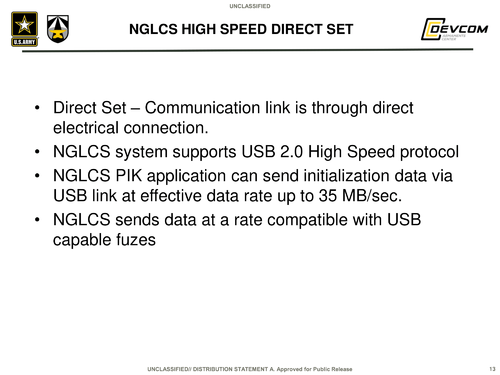 Keyler-13.png110.6 KB · Views: 47
Keyler-13.png110.6 KB · Views: 47 -
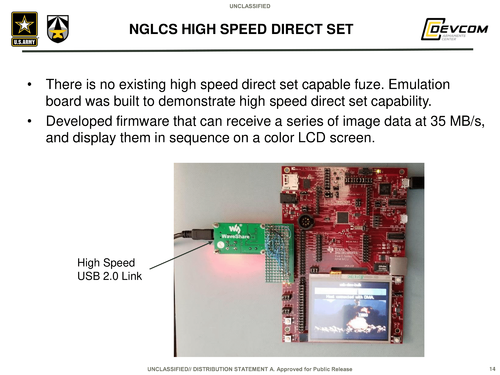 Keyler-14.png524.1 KB · Views: 50
Keyler-14.png524.1 KB · Views: 50 -
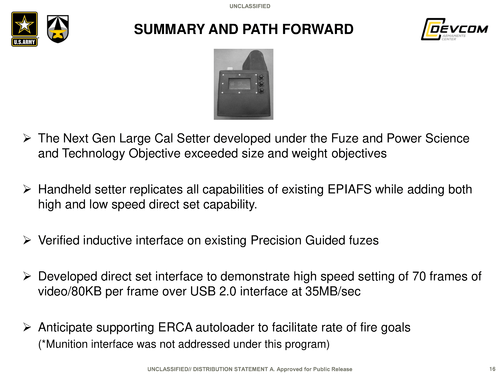 Keyler-16.png166.8 KB · Views: 51
Keyler-16.png166.8 KB · Views: 51
marauder2048
"I should really just relax"
- Joined
- 19 November 2013
- Messages
- 3,157
- Reaction score
- 776
Most bmdo interception data is not longer on the internet. One can believe incorrectness they want. ..not arguing any more.
The idea bmdo would pay for anti-tank tech. Do folks even read what they post?
BMDO, being an Army organization, did actually pay to look at applying the D2 hypervelocity projectile tech
to the anti-armor/anti-tank role. ARDEC did a fair amount of work in this area though I suspect a bunch of that was
an attempt to keep the program alive after need the intercept ICBM and SLBM RVs waned.
aonestudio
I really should change my personal text
- Joined
- 11 March 2018
- Messages
- 2,546
- Reaction score
- 5,956
- Joined
- 21 April 2009
- Messages
- 13,168
- Reaction score
- 6,051
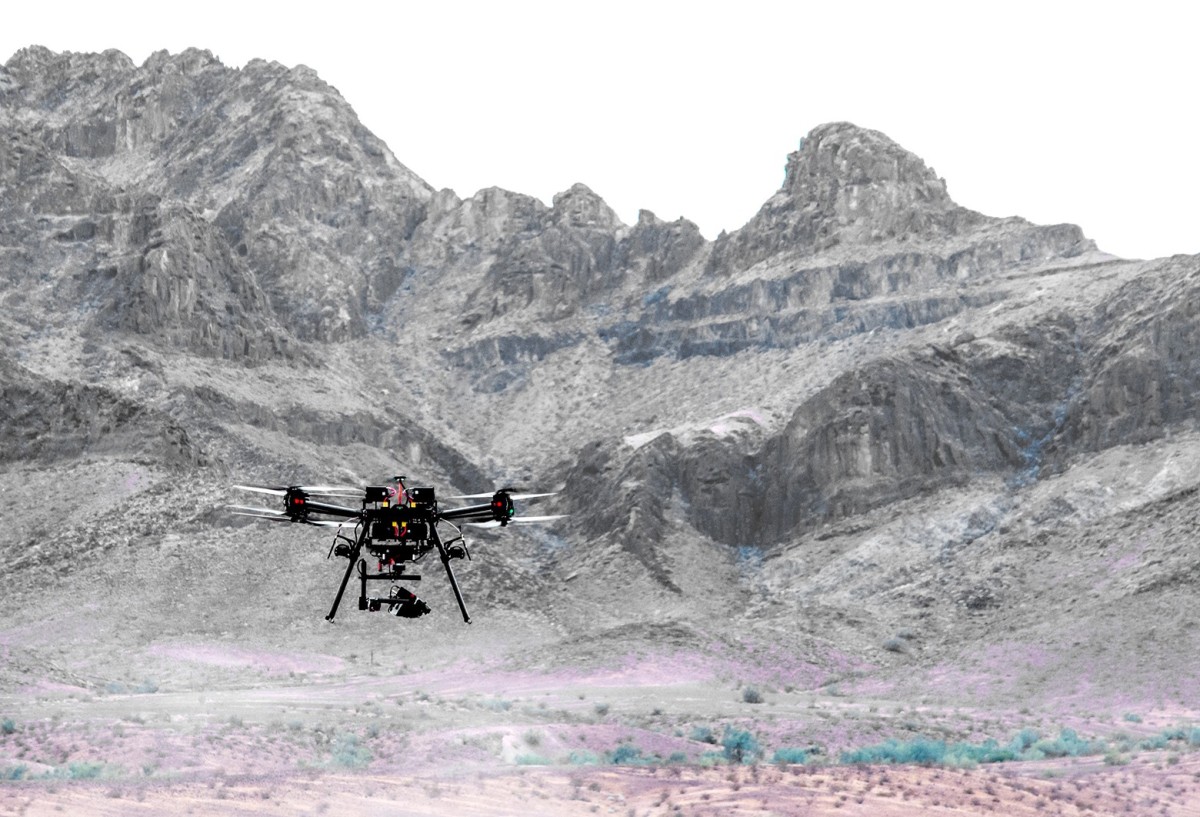
Precise, ‘smarter’ munitions would combine massive data with splash of intelligence
Army researchers are seeking to combine advanced sensor capabilities with intelligent software to revolutionize the “tip of the spear” for modern warfar...
- Joined
- 21 April 2009
- Messages
- 13,168
- Reaction score
- 6,051
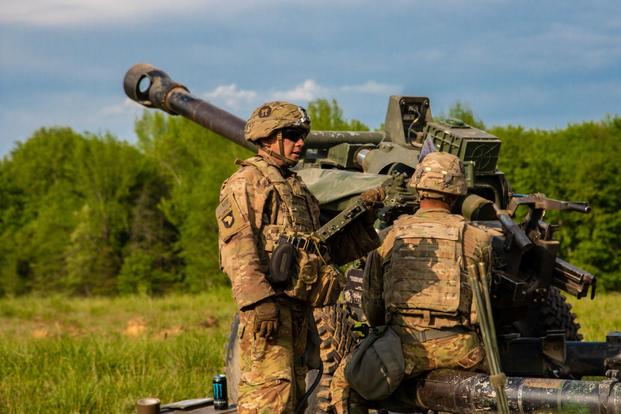
Army’s New Target Tracking System Aims to Quicken Artillery Kills
Test teams of soldiers will attempt to reduce the time it takes to see and hit targets to less than 20 seconds.
- Joined
- 21 April 2009
- Messages
- 13,168
- Reaction score
- 6,051
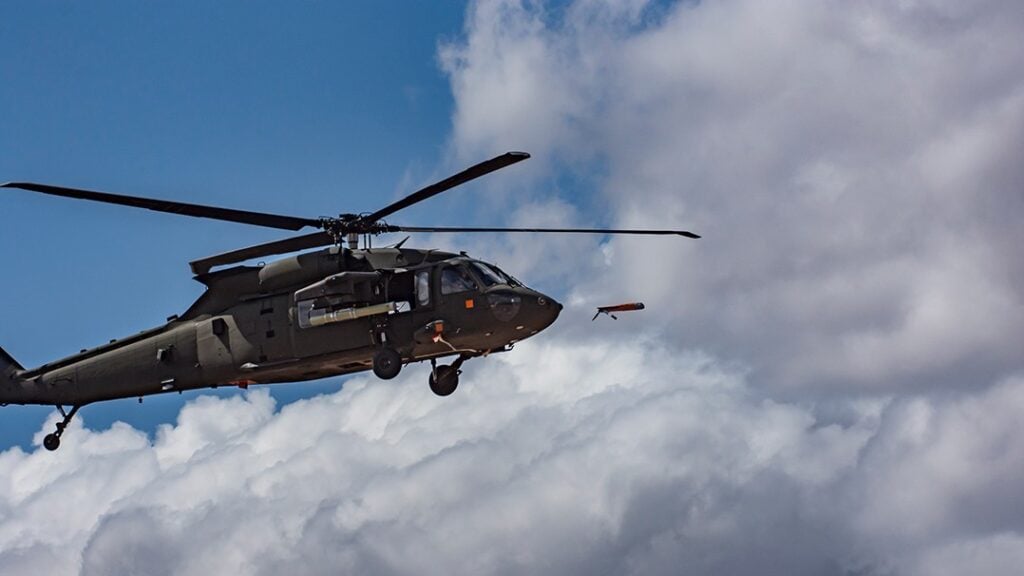
Kill Chain In The Sky With Data: Army's Project Convergence - Breaking Defense
Over the southwest desert, drones large and small are autonomously avoiding anti-aircraft threats while feeding real-time targeting data over an AI network to troops on the ground.
aonestudio
I really should change my personal text
- Joined
- 11 March 2018
- Messages
- 2,546
- Reaction score
- 5,956
I find it odd that no one has even come out and stated how the SLRC will work. I think everyone presumes that it is a launcher for solid rocket fueled ramjet missiles, basically skipping the booster stage, but I don't think even that has ever been publicly released. I saw a quote from one of the people running the project stating that the goal was a $500,000 per projectile cost. That makes sense - at that price point, you've undercut most classes of cruise missile in terms of range, speed, and expense. But it seems like a daunting goal and I can't imagine they could squeeze much terminal effect into the projectile even if they reach it.
- Joined
- 3 June 2011
- Messages
- 17,332
- Reaction score
- 9,067
Just for shiz and giggles, anybody know what your muzzle velocity would have to be for a 1000 mile shot with a non-powered projectile? (For this round I'm wondering if it's not a ramjet but a scramjet. Basically accelerate after leaving the barrel, gaining speed and altitude, until there's no more air to breathe.)I find it odd that no one has even come out and stated how the SLRC will work. I think everyone presumes that it is a launcher for solid rocket fueled ramjet missiles, basically skipping the booster stage, but I don't think even that has ever been publicly released. I saw a quote from one of the people running the project stating that the goal was a $500,000 per projectile cost. That makes sense - at that price point, you've undercut most classes of cruise missile in terms of range, speed, and expense. But it seems like a daunting goal and I can't imagine they could squeeze much terminal effect into the projectile even if they reach it.
Dilandu
I'm dissatisfied, which means, I exist.
Just for shiz and giggles, anybody know what your muzzle velocity would have to be for a 1000 mile shot with a non-powered projectile? (For this round I'm wondering if it's not a ramjet but a scramjet. Basically accelerate after leaving the barrel, gaining speed and altitude, until there's no more air to breathe.)
About 2,5 km/s. Same as for short-range ballistic missile of the similar range.
No idea what the math is, but I think if you accelerated purely with propellant you'd probably have to use a solid shot. 
Can't rule out scramjet, but I just assumed the technology would be more daunting where as there are operational solid fuel ramjets (Meteor) and Nammo is working on artillery shells. I'm pretty sure the US recently entered some kind of agreement or contract with Nammo to develop the technology, though I can't find an article referencing it now. They were already working on NATO 155mm; it sounds like SLRC might just be a scaled up version.
You have to wonder if the Army gets it working if the USMC wouldn't buy in. Would be nice to provide artillery support a thousand miles away from the deck of a ESD/ESB. You could target the PRC from outside the first chain from a moving fire battery.
Can't rule out scramjet, but I just assumed the technology would be more daunting where as there are operational solid fuel ramjets (Meteor) and Nammo is working on artillery shells. I'm pretty sure the US recently entered some kind of agreement or contract with Nammo to develop the technology, though I can't find an article referencing it now. They were already working on NATO 155mm; it sounds like SLRC might just be a scaled up version.
You have to wonder if the Army gets it working if the USMC wouldn't buy in. Would be nice to provide artillery support a thousand miles away from the deck of a ESD/ESB. You could target the PRC from outside the first chain from a moving fire battery.
- Joined
- 3 June 2011
- Messages
- 17,332
- Reaction score
- 9,067
Also as an aside, if Nammo ever gets the concept working in a cost effective way, maybe the USN can finally build a projectile for the Zummies.
Scale them up a tad (caliber, not range) and maybe you have a new Montana.
- Joined
- 16 April 2008
- Messages
- 8,396
- Reaction score
- 10,338
Also as an aside, if Nammo ever gets the concept working in a cost effective way, maybe the USN can finally build a projectile for the Zummies.
HVP seems to be a perfectly usable round for the Zumwalts -- the 155mm sabot is roughly the same as needed for the Army, though I suppose it may be slightly different thanks to AGS having a non-standard chamber volume.
jsport
what do you know about surfing Major? you're from-
- Joined
- 27 July 2011
- Messages
- 6,565
- Reaction score
- 3,912
Strategic Long Range Cannon
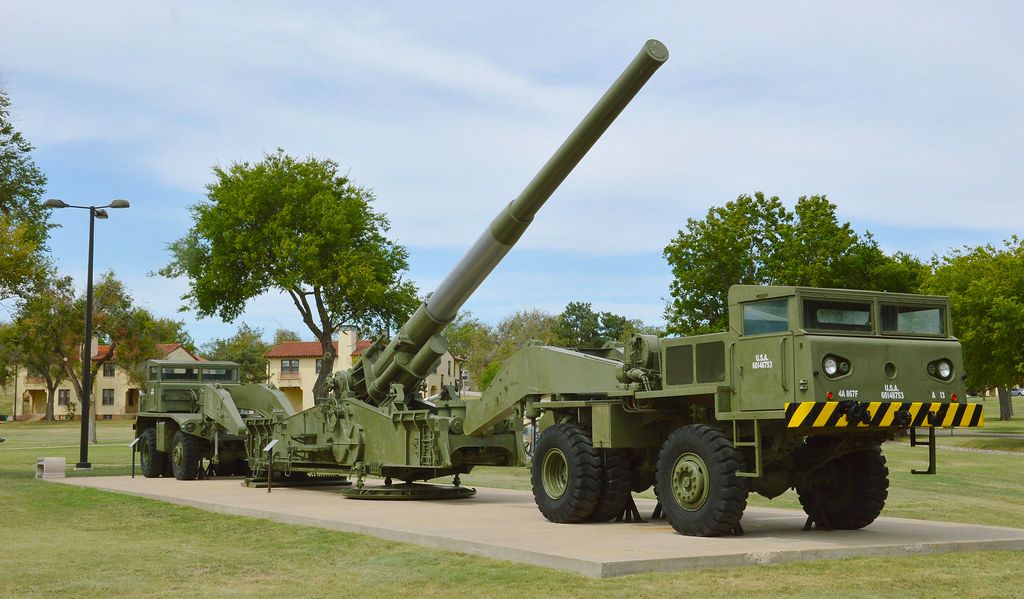
The Key Role of Strategic Artillery in Deterrence | Defense.info
During my visit last year to Germany, my friend and colleague Dr. Holger Mey, as always, has been my dialogue partner in thinking through things in terms of European defense. In our discussion of particle ways to ramp up Germany’s ability to support close proximity allies against Putin’s Russia...
 defense.info
defense.info
Last edited:
- Joined
- 9 October 2009
- Messages
- 19,943
- Reaction score
- 10,451
Scale them up a tad (caliber, not range) and maybe you have a new Montana.
Nuclear powered, I trust?
- Joined
- 3 June 2011
- Messages
- 17,332
- Reaction score
- 9,067
Of course.Scale them up a tad (caliber, not range) and maybe you have a new Montana.
Nuclear powered, I trust?
marauder2048
"I should really just relax"
- Joined
- 19 November 2013
- Messages
- 3,157
- Reaction score
- 776
No idea what the math is, but I think if you accelerated purely with propellant you'd probably have to use a solid shot.
Can't rule out scramjet, but I just assumed the technology would be more daunting where as there are operational solid fuel ramjets (Meteor)
It's a VFDR. You want an SFRJ for artillery since SFRJs self throttle by altitude which is very predictable for an artillery shell.
It's not clear you'd need an air breather; you could directly inject a BGV into equilibrium glide with gun launch.
Last edited:
Colonial-Marine
UAVs are now friend, drones are the real enemy.
- Joined
- 5 October 2009
- Messages
- 1,195
- Reaction score
- 702
If HVP can intercept incoming missiles it would undoubtedly be a great thing to have but I cannot envison it having much if any utility in the naval gunfire support role the 155mm AGS was supposed to fill. Simply not enough explosive charge.HVP seems to be a perfectly usable round for the Zumwalts -- the 155mm sabot is roughly the same as needed for the Army, though I suppose it may be slightly different thanks to AGS having a non-standard chamber volume.
marauder2048
"I should really just relax"
- Joined
- 19 November 2013
- Messages
- 3,157
- Reaction score
- 776
If HVP can intercept incoming missiles it would undoubtedly be a great thing to have but I cannot envison it having much if any utility in the naval gunfire support role the 155mm AGS was supposed to fill. Simply not enough explosive charge.HVP seems to be a perfectly usable round for the Zumwalts -- the 155mm sabot is roughly the same as needed for the Army, though I suppose it may be slightly different thanks to AGS having a non-standard chamber volume.
The LRLAP warhead wasn't exactly class leading by guided 155mm standards either.
And there's nothing preventing them from using the higher shell velocity to enhance fragmentation.
Last edited:
aonestudio
I really should change my personal text
- Joined
- 11 March 2018
- Messages
- 2,546
- Reaction score
- 5,956
Weight and mobility challenges have forced the US Army to abandon a government-designed autoloader for its Extended Range Cannon Artillery (ERCA) programme and the service is now looking for help from six tech companies.
“The integration challenge for [it] was too much of a trade with mobility and durability, and some of the results from putting 3,000 miles on a combat vehicle [out at Yuma Proving Ground] weighted up with the centre of gravity issue that we had,”

“The integration challenge for [it] was too much of a trade with mobility and durability, and some of the results from putting 3,000 miles on a combat vehicle [out at Yuma Proving Ground] weighted up with the centre of gravity issue that we had,”
US Army scraps ERCA autoloader plans, heads back to the drawing board
Weight and mobility challenges have forced the US Army to abandon a government-designed autoloader for its Extended Range Cannon Artillery (ERCA) programme and the...
www.janes.com
marauder2048
"I should really just relax"
- Joined
- 19 November 2013
- Messages
- 3,157
- Reaction score
- 776
Why not just grab the company that did Crusader's?
The inductive fuze setter they had would be the bottleneck for the rate of fire they want.
Not sure if I posted it in this thread, but the Army future fuze setters look to be direct connect
(USB 2.0) to handle the large data sets that have to be moved to the shell.
- Joined
- 4 July 2010
- Messages
- 2,228
- Reaction score
- 2,136
They may have to consider an autoloader with a fixed loading angle to save weight/complexity/cg. Traditionally it's an RoF hit to angle the gun up/down each shot, but AGS got to 10 rounds per minute with a fixed loading angle, and that's with having to swing the gun all the way up to vertical to load.
marauder2048
"I should really just relax"
- Joined
- 19 November 2013
- Messages
- 3,157
- Reaction score
- 776
So no MRSI at the 10 rpm?They may have to consider an autoloader with a fixed loading angle to save weight/complexity/cg. Traditionally it's an RoF hit to angle the gun up/down each shot, but AGS got to 10 rounds per minute with a fixed loading angle, and that's with having to swing the gun all the way up to vertical to load.
Edit: I guess with certain guided rounds it's still possible.
- Joined
- 4 July 2010
- Messages
- 2,228
- Reaction score
- 2,136
If you can angle the gun fast enough, MRSI is still possible with a fixed loading angle.So no MRSI at the 10 rpm?They may have to consider an autoloader with a fixed loading angle to save weight/complexity/cg. Traditionally it's an RoF hit to angle the gun up/down each shot, but AGS got to 10 rounds per minute with a fixed loading angle, and that's with having to swing the gun all the way up to vertical to load.
Edit: I guess with certain guided rounds it's still possible.
marauder2048
"I should really just relax"
- Joined
- 19 November 2013
- Messages
- 3,157
- Reaction score
- 776
Looking back at the specs: it was at the 8 rounds (obj) and 4 rounds (threshold).If you can angle the gun fast enough, MRSI is still possible with a fixed loading angle.So no MRSI at the 10 rpm?They may have to consider an autoloader with a fixed loading angle to save weight/complexity/cg. Traditionally it's an RoF hit to angle the gun up/down each shot, but AGS got to 10 rounds per minute with a fixed loading angle, and that's with having to swing the gun all the way up to vertical to load.
Edit: I guess with certain guided rounds it's still possible.
- Joined
- 4 July 2010
- Messages
- 2,228
- Reaction score
- 2,136
Multiple Rounds Simultaneous Impact. The lone gun's ToT.MRSI?
marauder2048
"I should really just relax"
- Joined
- 19 November 2013
- Messages
- 3,157
- Reaction score
- 776
Multiple Round Simultaneous impact. A time-on-target technique where you fire at gradually decreasing elevation angles such that the rounds allMRSI?
arrive at the same time.
Edit: See above
jsport
what do you know about surfing Major? you're from-
- Joined
- 27 July 2011
- Messages
- 6,565
- Reaction score
- 3,912

Air Force Wants 'Data Science Ecosystems' to Shorten OODA Loops
The AF Research Lab is looking for ways to deal with the rising ocean of surveillance video and other sensor data.
jsport
what do you know about surfing Major? you're from-
- Joined
- 27 July 2011
- Messages
- 6,565
- Reaction score
- 3,912
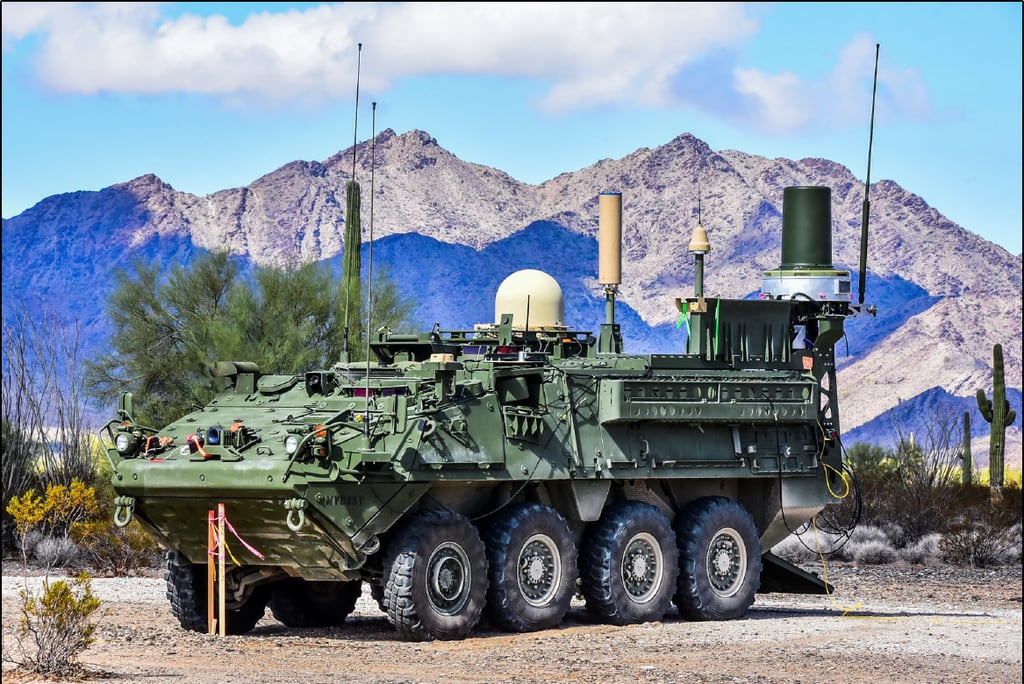
US Army to upgrade bigger units with new electronic warfare gear
The Army has outlined plans for a new electronic warfare, signals intelligence and cyber capability for larger echelons.
jsport
what do you know about surfing Major? you're from-
- Joined
- 27 July 2011
- Messages
- 6,565
- Reaction score
- 3,912
Hyper-Connected Military Needs a Next-Gen Common Operating Picture
Hyper-Connected Military Needs a Next-Gen Common Operating Picture
marauder2048
"I should really just relax"
- Joined
- 19 November 2013
- Messages
- 3,157
- Reaction score
- 776
- Joined
- 21 April 2009
- Messages
- 13,168
- Reaction score
- 6,051
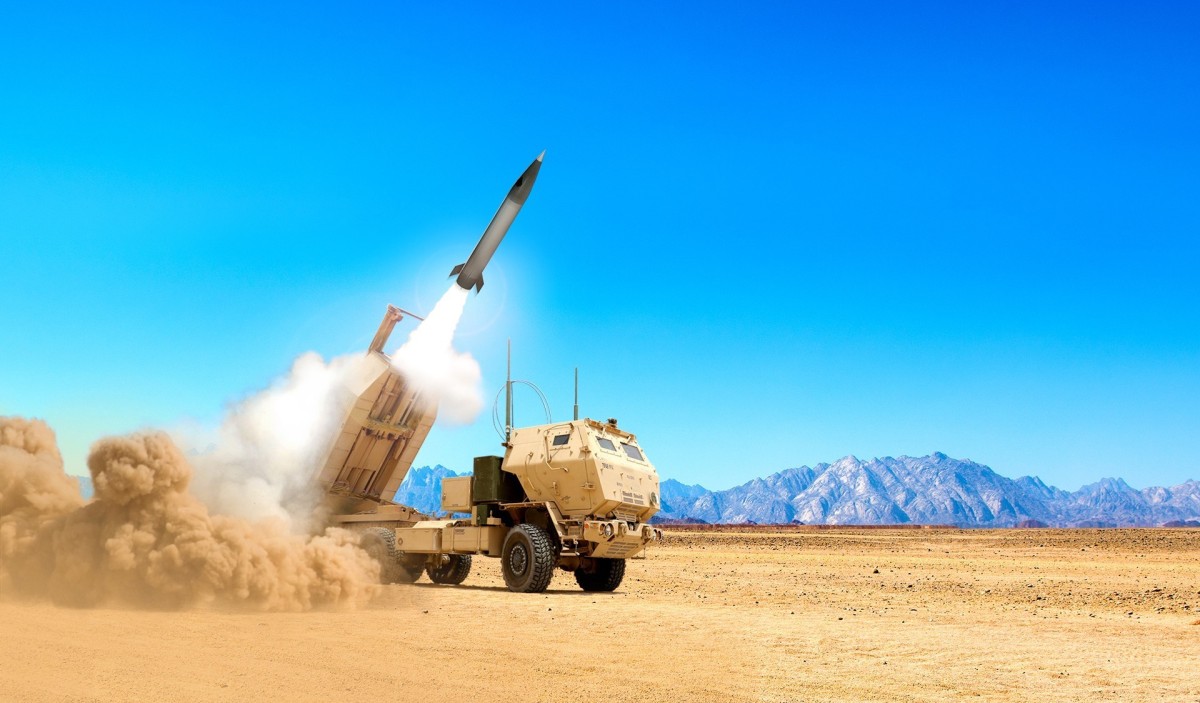
Army pursues new mid-range missile to fill gap in precision fires
FORT SILL, Okla. -- The Army is seeking a new mid-range missile system that can hit targets between 500 to 1,500 kilometers, or 310 to 930 miles, to hel...
Lots of existing SRMs you could put a smart warhead on for a quick OTS solution.
Similar threads
-
-
-
Extended-range precision artillery hits targets from 36 kilometers
- Started by seruriermarshal
- Replies: 53
-
Air Launched Effects (ALE) and Long Range Precision Munition (LRPM)
- Started by VTOLicious
- Replies: 46
-
Lockheed Martin Demonstrates Weapons Grade High Power Fiber Laser
- Started by seruriermarshal
- Replies: 11

